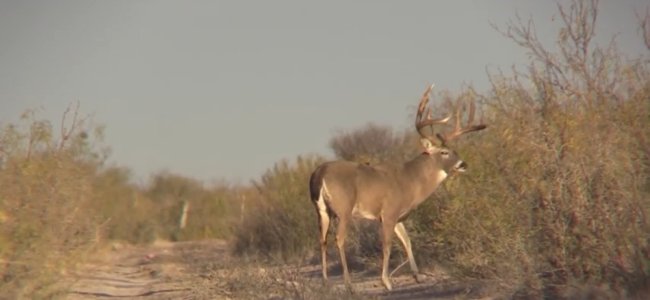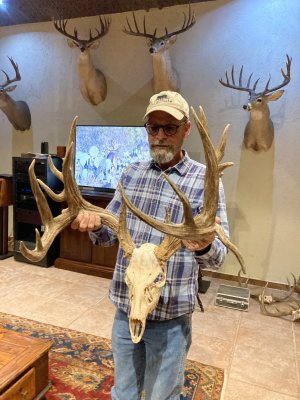omicron1792
5 year old buck +
Problem there is farmer you don’t always know with the doe, can look at buck and tell.I am probably the village idiot here. But, if you are worried about culling for potential antler development why not cull the does who carry the traits leading to bucks with inferior genetic potential? Hmmmm....?
My understanding it’s nutrition of the doe that affects the rack, not as much their genes. I’d so I’d like to know where I’m wrong.



